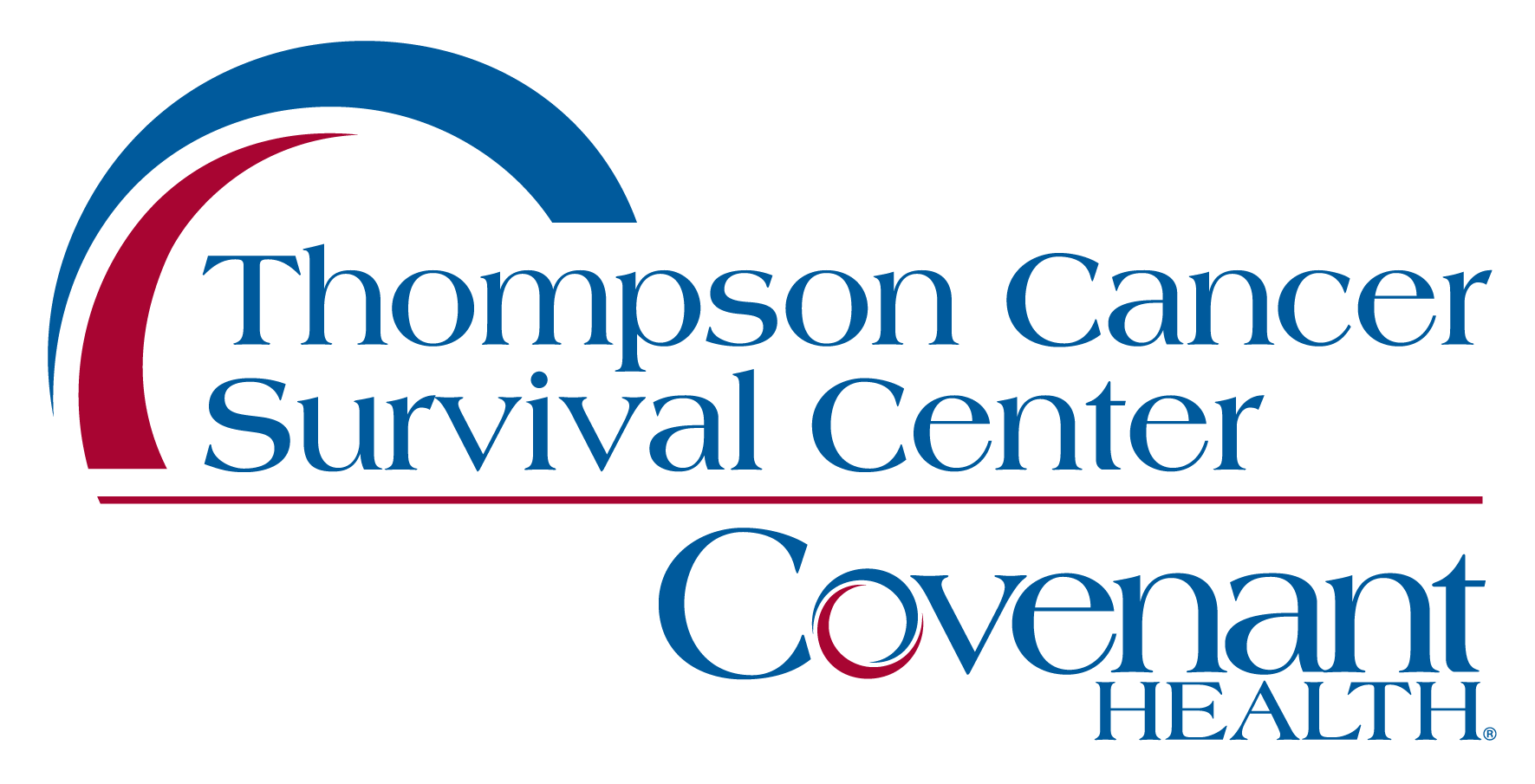Gastroesophageal reflux disease (GERD)

Gastroesophageal reflux disease (GERD)
What is GERD?
Gastroesophageal reflux disease (GERD) is the chronic backflow of stomach contents into the esophagus. While the tissue lining of the stomach is able to handle digestive contents such as acid, the lining of the esophagus cannot. As a result, when the stomach contents back up into the esophagus it can cause a burning sensation commonly referred to as heartburn, the major symptom of GERD. In addition to heartburn, other symptoms associated with GERD include regurgitation, chest pain, hoarseness, wheezing, and chronic cough. A major complication of GERD is Barrett’s esophagus, a premalignant condition of the esophagus.
More than 15 million Americans suffer from daily heartburn. Until recently, treatment options for GERD have been limited to chronic drug therapy or anti-reflex surgery. While prescription medications help suppress acid production, they do not prevent the backflow of gastric contents into the esophagus. Anti-reflux surgery is effective in addressing the root cause of GERD by correcting the weakened valve mechanism. The surgery requires general anesthesia, multiple incisions, and a recovery period lasting several days. The newer treatments for GERD include the Stretta procedure, TIF (Transoral Incisionless Fundoplication) and the Lynx procedure.
Bravo pH monitoring for GERD testing
Accurate diagnosis of gastroesophageal reflux disease (GERD) is critical before an effective treatment is initiated. The Center uses the world’s first catheter-free test for GERD diagnosis called the Bravo® pH Monitoring System.
Using the Bravo system, a miniature pH capsule approximately the size of a gel cap is temporarily attached to the wall of the esophagus during a routine endoscopy.
The capsule measures pH levels in the esophagus continuously for 96 hours and transmits the data wirelessly to a portable receiver worn on the patient’s waistband. There is no cumbersome catheter or visible wires. After the capsule stops transmitting data, the patient returns the receiver to the Laser Center. The pH data is then retrieved from the receiver. Several days after completion of the study, the capsule spontaneously sloughs off the wall of the esophagus and is passed through the gastrointestinal tract.
These pH measurements allow the physician to effectively evaluate the acid reflux symptoms and recommend treatment options. The Bravo pH monitoring system allows patients to continue normal activities during the test period so the patient can eat and drink normally, bathe, sleep comfortably, and maintain daily life.
Patients are restricted from undergoing an MRI (Magnetic Resonance Imaging) for thirty days after the Bravo procedure.

